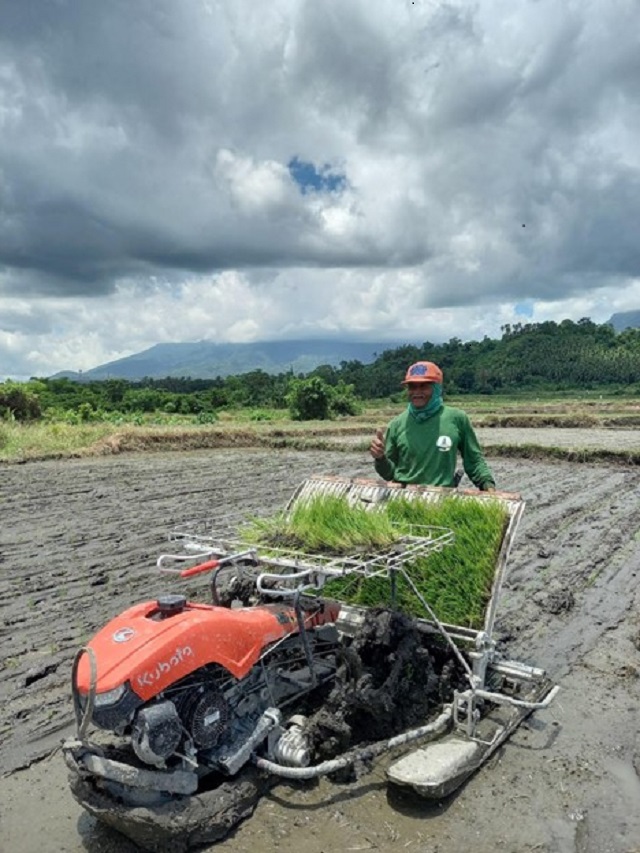
Farmers trying out a walk-behind mechanical transplanter for the first time are amazed by its derived savings and efficiency.
Jobani King Zacarias, a farmer-cooperator from Infanta, Quezon, who recently tried the machine, shared that he typically spends P4,000 on labor to manually transplant half a hectare of crops. However, with the mechanical transplanter, he cut his expenses nearly in half, spending only P2,600.
“It is also highly efficient. Before, I would hire 10-15 workers for manual transplanting, but with this machine, just three workers can transplant half a hectare in only six hours. This not only lowered our costs but also simplified our work significantly, requiring fewer laborers,” he said.
In Nagcarlan, Laguna, farmer-cooperator Rogelio Pandana confirmed cost savings, sharing that he saved P3,000 by using a mechanical transplanter, which he found easy to operate, despite being his first time.
Farmer-cooperators have observed the crop’s uniform growth due to the precise adjustment of the planting distance and depth for each seedling when using the machine.
While some farmers in their communities still have doubts about the machine’s efficiency, Zacarias and Pandana believed that through the PalaySikatan technology demonstration, they can convince fellow farmers to modernize their practices for easier, faster, and more cost-effective production.
“We, farmers, must embrace modern technology to stay globally competitive,” Zacarias said. PalaySikatan activities for the 2023 wet season started last week of September featuring mechanized farming methods, performance of certified seeds, and integrated crop management practices.




